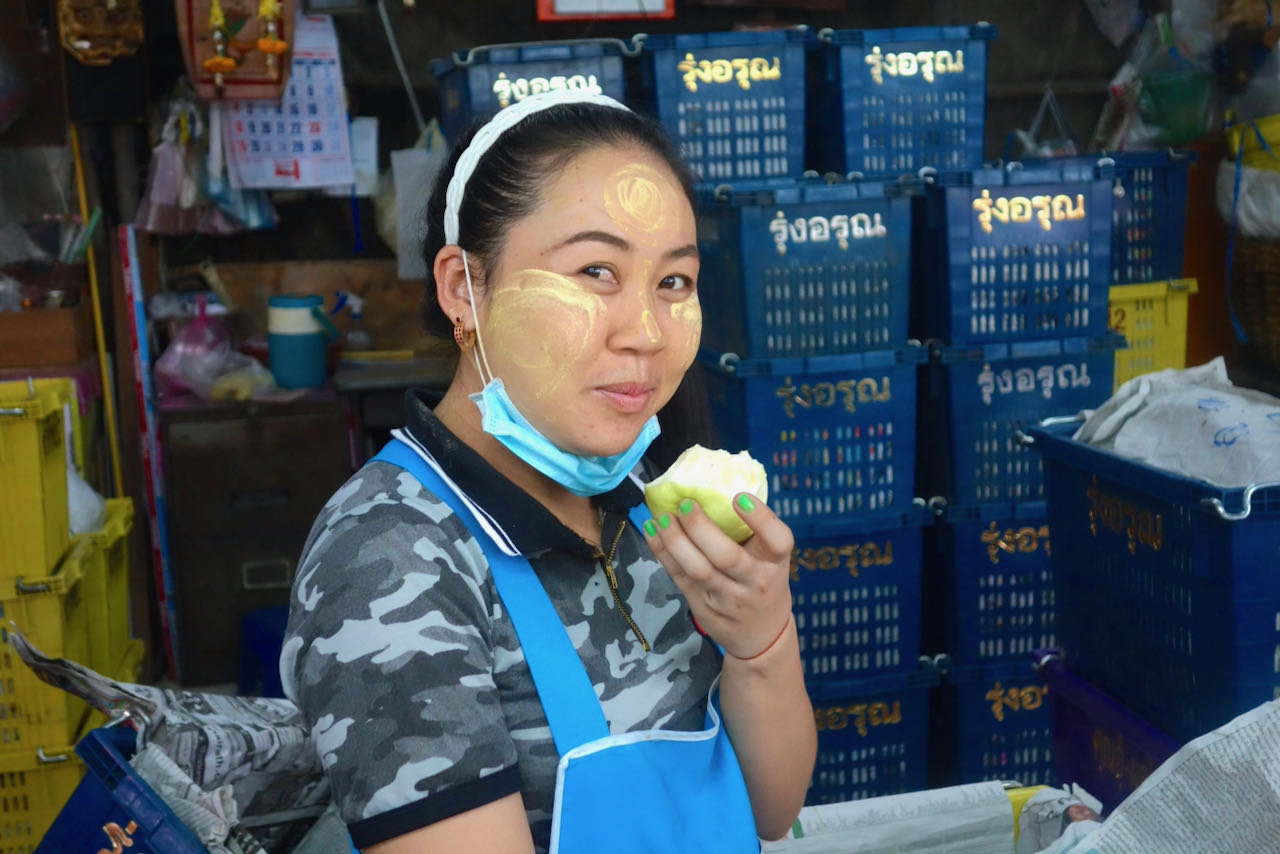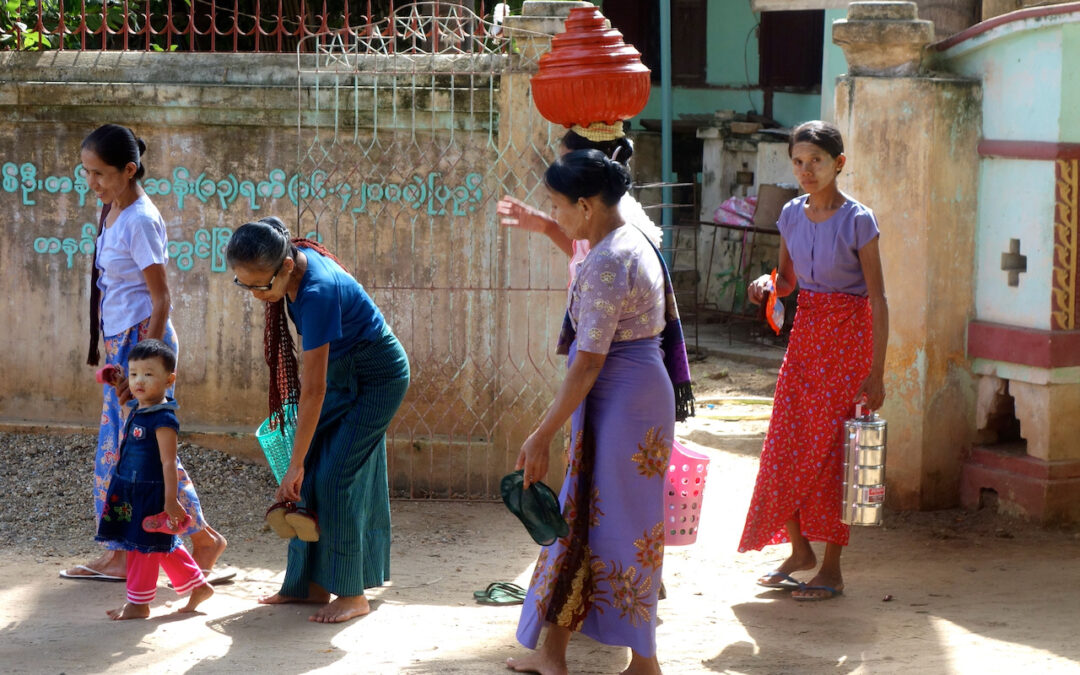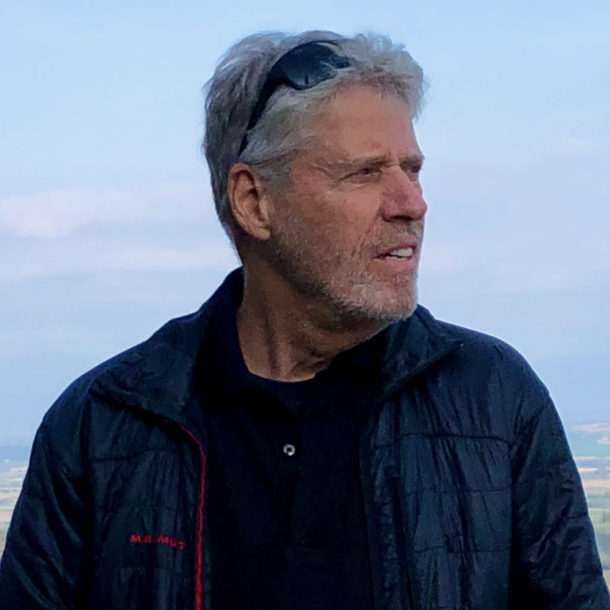My posts tend to be heavy with photos to better describe the travel experience; but the unique Myanmar culture seen through videos is an opportunity to even better explore this fascinating land. I provide a little background to set the stage for each short video (most are around a minute long for easy watching).
It is difficult to generalize about Myanmar, a country with so many ethnicities and different regions. I travel from the city of Yangon to the countryside of Bagan to the city of Mandalay to the remote Inle Lake. I find many cultural similarities, such as conservative Buddhism, as well as many differences, especially from urban to rural life.
Let’s start with clothing. Most men and women wear a sarong in everyday life, called a “longyi.” But did you know that in some areas, a fabric, appearing to be silk, is actually thread made from the stems of the lotus plant? The video below shows how this fascinating thread is made and then woven on traditional teak hand looms.
Now, outfitted in a blouse and longyi, a woman in Bagan will carry rice and other food to the monastery in stacked lacquered dishes. How to carry it? On her head, as this video demonstrates.
This is a serious Buddhist country, with about a half million monks. In fact, most boys and some girls between the age of 10 and 16 go to live a short while in a monastery. This video shows young monks at the Mahagandayon monastery in Mandalay in line to accept offerings for lunch. I’m told that monks are not allowed to eat after noon.
I happen to be in Yangon on a holy day and to witness people paying respect to the Buddha in the temple among a sea of candles.
We have seen inside, but nothing compares to the sheer brilliance of the gold Shwedagon Pagoda in Yangon. Said to have been built more than 2,600 years ago, this famous stupa is covered in gold leaf, hammered almost paper-thin. It also contains sacred relics, the artifacts of the four previous Buddhas.
In western culture, it can be said to “make a wish upon a star.” Here in Myanmar, one makes a wish by lifting a stone. The video below shows how it’s done. Will his wish come true?
Now it is time to leave the urban life and explore the fascinating countryside. Here, we can imagine how life for some people has changed little over the years. A woman in this video is making traditional rice cakes as she no doubt learned from her mother. Now she shows her daughter how it’s done.
You can’t get more rustic than using a bull to make peanut oil out of peanuts. Even I tried my hand for a couple of rotations. The bull does all the work, but it still takes an hour!
Speaking of taking a lot of time, I watch an intricate tapestry being made that will take two people as long as three months to complete. Artisans seem to be everywhere in Mandalay.
Who doesn’t love a puppet show? I am lucky enough to meet an accomplished puppeteer in his shop, which is lined with wooden puppets of all shapes and sizes. Watch his little performance.
I am intrigued by the handcrafted items, made the same way for generations. The video below shows a craftsman making containers by hand.
One of striking curiosities of Myanmar culture is the habit of smoking the betel nut wrapped in its leaves to form a tobacco. Sometimes the nuts are chewed, staining one’s teeth and mouth a bright red. The short-term effects are like a strong caffeine high. The long-term effects are predictably worse.
It is time to move to even more remote areas in the north. To navigate Inle Lake we travel by several kinds of boats. Most unique is the boat guided by the Inthe fishermen, who live in stilted houses on the lakeshore. The rower stands on one leg and paddles with his other foot. You need to watch the video to appreciate the technique.
We venture further into northern Myanmar to encounter the Kayan tribe women with their long neck rings. Legend has it the rings emulate the magical power of the ancient Dragon Mother. The slow, progressive process of neck ring wearing (up to 14 inches!) is described in this video.
Our final video is one of my favorites. A motorbike ride from Inle Lake takes us to a local market, where we discover mostly exotic foods. Even the familiar foods are a long way from the processed variety of the western world. Naturally, I try a little of everything, which results in a bout of food poisoning – a reminder that sometimes it’s better to look, not taste.
You don’t really need video to show thanaka, the face painting that distinguishes Myanmar people from other Southeast Asians. In fact, the girl pictured here is the subject of another article I wrote, Myanmar woman working in a Bangkok market. Masks made of thanaka powder are believed to improve complexion, protect against the sun, and to be flattering. Just another unique aspect of Myanmar culture!

Do you have any Myanmar stories to share or suggestions to help others? Feel free to comment at the bottom of this post. Disclaimer: I only spend a week in Myanmar, learning much from the perspective of four different local guides. Factual errors in my writing are a possibility.
What’s upscale?
I choose a private luxury tour of the country, because I want to experience the most in my limited time and do it in comfort.
What’s budget?
In general, the cost of living is reasonable, including food. And only a nominal fee to visit all those temples.


